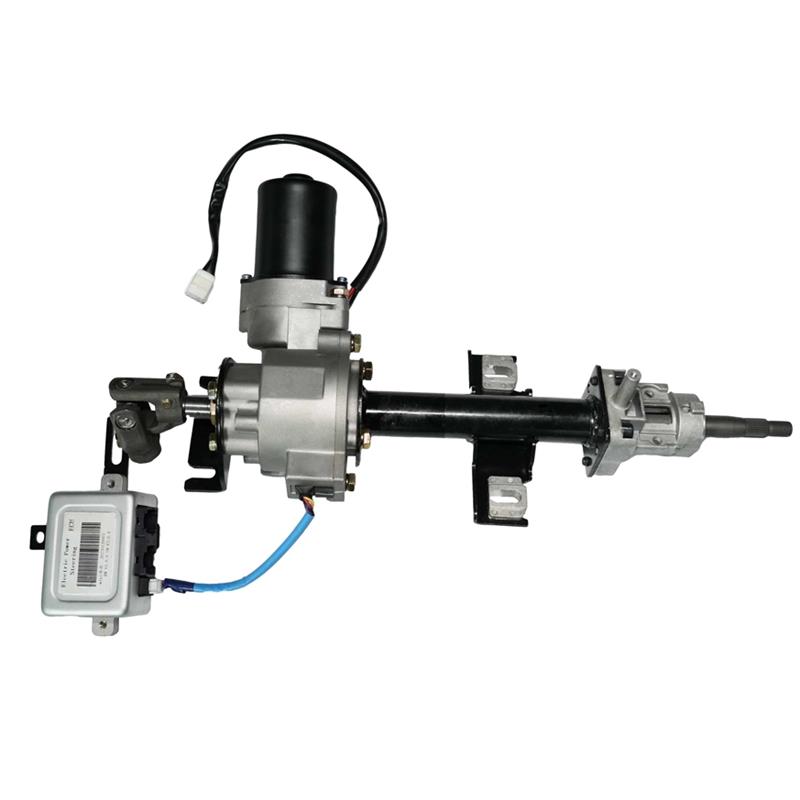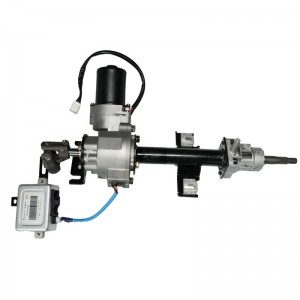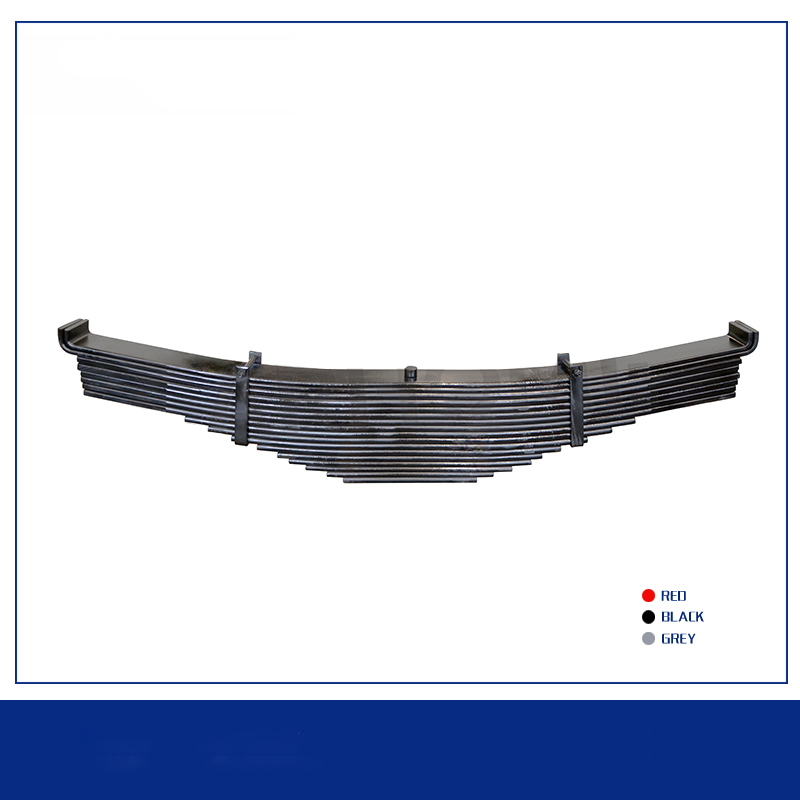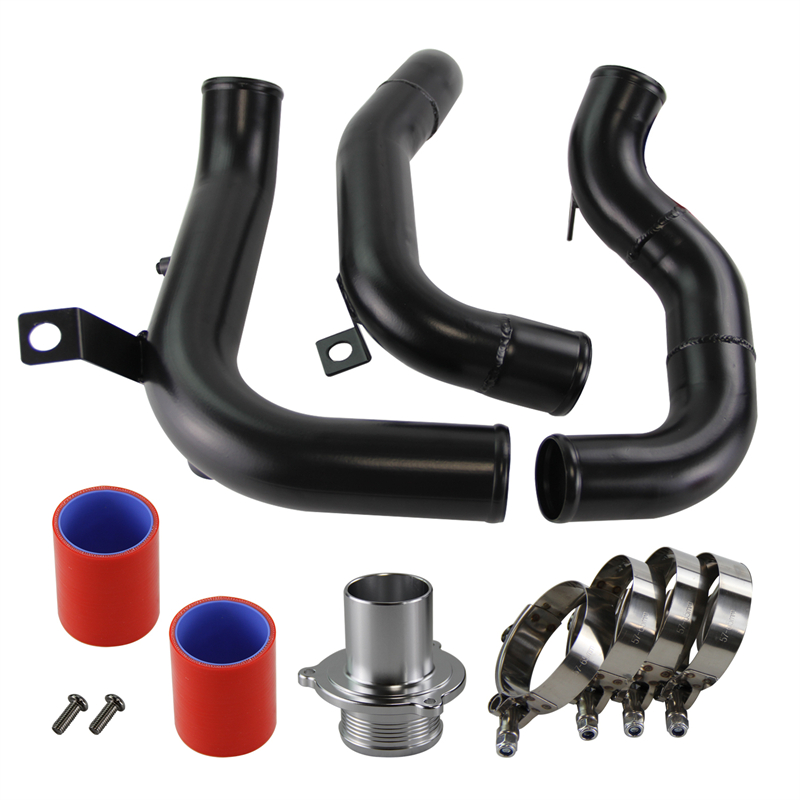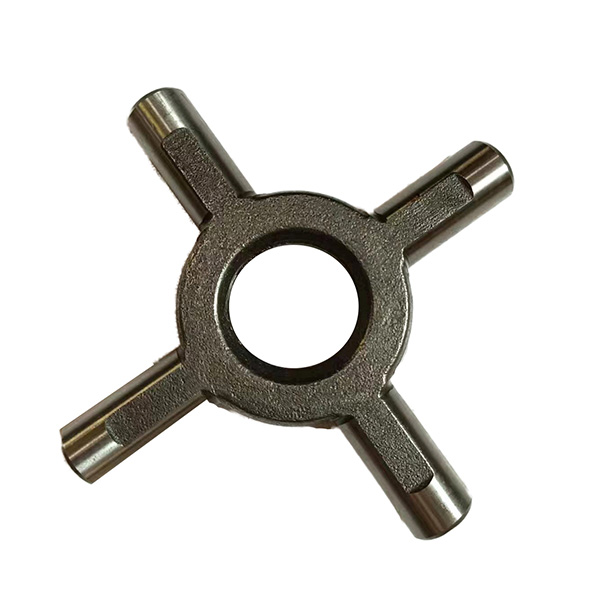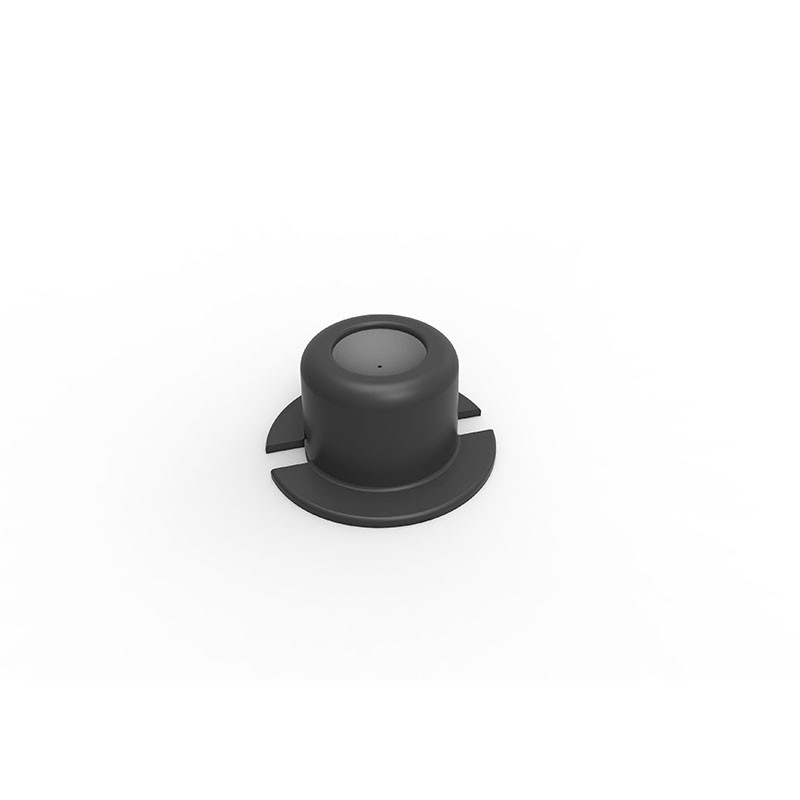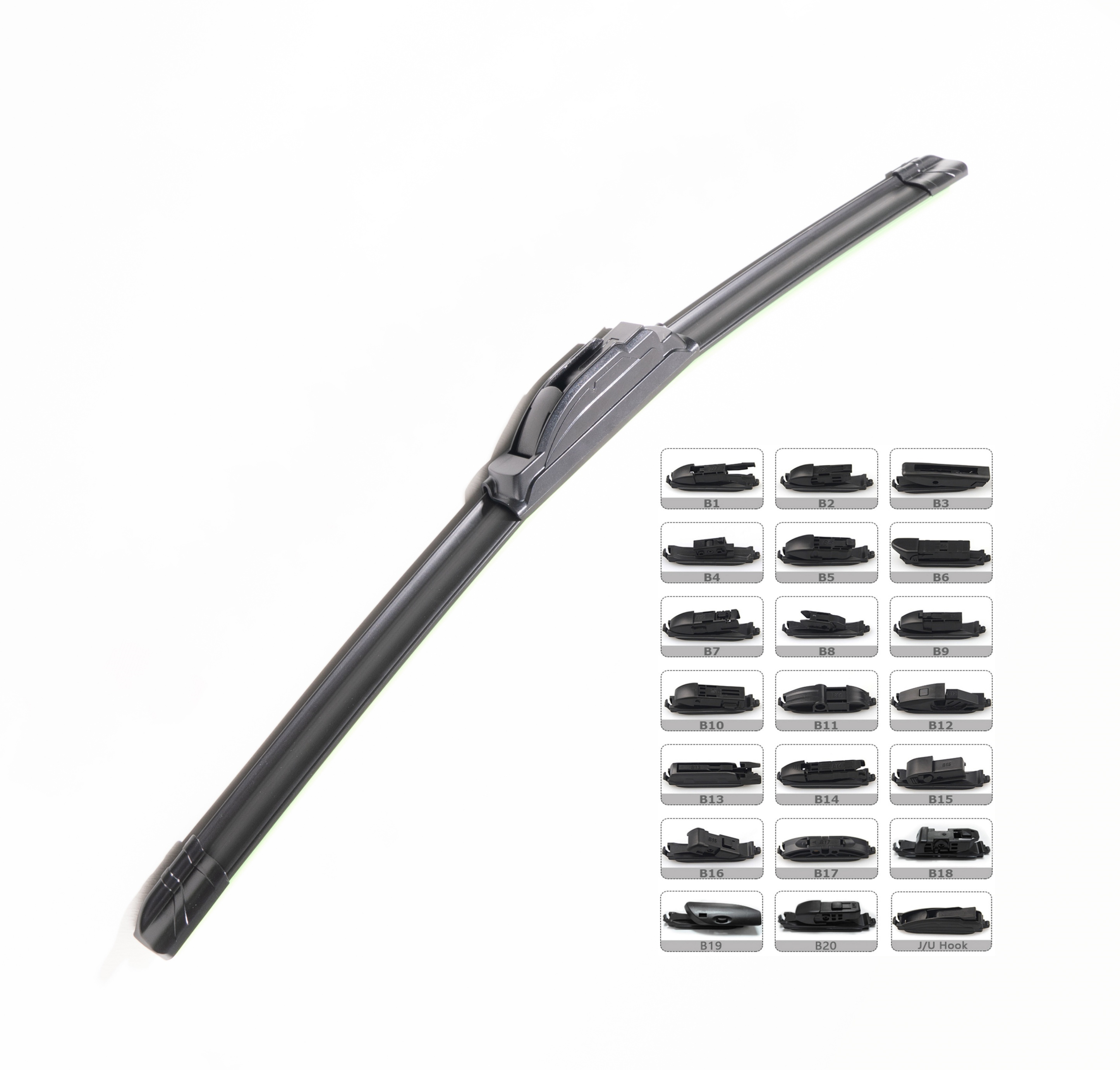ELECTRIC POWER STEERING COLUMN
ELECTRONIC CONTROL MODULE(ECM)
The Electronic Control Module (ECM) in an electric power steering (EPS) column is essentially the brain of the system. The ECM is tasked with monitoring input from sensors such as the steering angle sensor, vehicle speed sensor, torque sensor, and others, to calculate the appropriate amount of assistance needed for steering. It controls the operation of the electric motor or actuator that assists in steering, adjusting the amount of assistance provided based on driving conditions and driver input.
TORQUE SENSOR (CONTACT & NON-CONTACT)
The torque sensor in an electronic power steering system serves as a vital component for translating the driver’s steering inputs into electronic signals that control the assistance provided to the steering mechanism. By continuously monitoring the torque applied to the steering wheel, the sensor helps the ECM/ECU adjust the level of power assistance provided to the steering mechanism.
ELECTRIC MOTOR
The electric motor is responsible for providing the necessary assistance to the steering mechanism. Its primary function is to generate the force needed to assist the driver in turning the steering wheel, particularly at lower speeds or during parking maneuvers. It plays a crucial role in providing efficient, responsive, and adaptable steering assistance to drivers, contributing to improved vehicle handling, comfort, and safety.
Write your message here and send it to us
